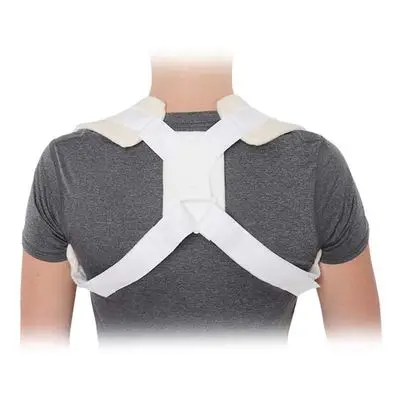Orthopedic Brace
An orthopedic brace is a medical device designed to support, stabilize, and protect injured or weak joints, muscles, or bones. These braces help control movement, reduce strain, and allow for proper healing by limiting motion or providing extra support to the affected area. Depending on the injury or condition, braces can be used for various body parts, such as the knee, ankle, wrist, shoulder, or spine.
Here are the key functions of an orthopedic brace:
- Immobilization: For injuries like fractures or sprains, a brace may restrict movement to prevent further damage while the injury heals.
- Support: Braces provide external support to areas weakened by injury, surgery, or chronic conditions, like arthritis, to help alleviate pain and promote stability.
- Compression: Many braces offer compression, which helps reduce swelling and inflammation in soft tissues around the injury.
- Pain Relief: By reducing pressure on the injured or weakened area and restricting movement, braces can help alleviate pain and discomfort.
- Rehabilitation: After surgery or during recovery from injury, braces assist in rehabilitation by guiding the healing process and helping users regain strength and mobility while avoiding re-injury.
Orthopedic braces are often recommended by healthcare professionals for short-term or long-term use, depending on the patient’s condition. They are commonly used in sports injuries, post-surgical recovery, and to manage chronic conditions like arthritis or scoliosis.
Easy Adjustable Wrist Orthosis - UNIVERSAL
An Adjustable Wrist Orthosis is a medical device designed to provide support, stability, and immobilization to the wrist while allowing for customization to fit individual needs. It is commonly used in the treatment of wrist injuries, chronic pain, or conditions requiring wrist immobilization or stabilization. Below is an explanation of its features and uses:
Key Features
- Adjustability:
- Equipped with adjustable straps, Velcro closures, or laces to customize the fit and compression according to the user's wrist size and comfort.
- Some models allow for adjustments to the angle or position of the wrist, providing tailored support for specific conditions.
- Supportive Design:
- Made from rigid or semi-rigid materials like plastic or metal splints embedded in soft, padded fabric.
- Provides stability to the wrist by limiting motion or maintaining it in a neutral or functional position.
- Universal Fit:
- Many adjustable orthoses are designed to fit a wide range of wrist sizes, making them versatile and convenient for multiple users.
- Breathable Materials:
- Often made from lightweight, breathable fabrics to ensure comfort during prolonged use.
- Equipped with adjustable straps, Velcro closures, or laces to customize the fit and compression according to the user's wrist size and comfort.
- Some models allow for adjustments to the angle or position of the wrist, providing tailored support for specific conditions.
- Made from rigid or semi-rigid materials like plastic or metal splints embedded in soft, padded fabric.
- Provides stability to the wrist by limiting motion or maintaining it in a neutral or functional position.
- Many adjustable orthoses are designed to fit a wide range of wrist sizes, making them versatile and convenient for multiple users.
- Often made from lightweight, breathable fabrics to ensure comfort during prolonged use.
Common Uses
- Injury Recovery:
- Helps immobilize the wrist after sprains, fractures, or surgeries to promote proper healing.
- Chronic Conditions:
- Provides support for managing pain associated with arthritis, tendonitis, or carpal tunnel syndrome.
- Post-Surgery Rehabilitation:
- Assists in post-operative care by stabilizing the wrist to prevent unnecessary movement.
- Spasticity Management:
- Used for neurological conditions like stroke, cerebral palsy, or multiple sclerosis to reduce spasticity and improve wrist positioning.
- Workplace Ergonomics:
- Worn by individuals performing repetitive tasks to prevent overuse injuries.
- Helps immobilize the wrist after sprains, fractures, or surgeries to promote proper healing.
- Provides support for managing pain associated with arthritis, tendonitis, or carpal tunnel syndrome.
- Assists in post-operative care by stabilizing the wrist to prevent unnecessary movement.
- Used for neurological conditions like stroke, cerebral palsy, or multiple sclerosis to reduce spasticity and improve wrist positioning.
- Worn by individuals performing repetitive tasks to prevent overuse injuries.
Benefits
- Reduces pain and inflammation by stabilizing the wrist and preventing harmful movements.
- Enhances recovery by promoting proper alignment and reducing strain on injured tissues.
- Lightweight and adjustable, allowing for prolonged use without significant discomfort.
These devices are commonly recommended by physicians, physical therapists, or occupational therapists and are often paired with exercises or therapy programs for optimal recovery.
SUGGESTED HCPC: L3916
ORDER NUMBER: 4100-E
SIZE: Universal
PRODUCT HIGHLIGHTS:
• Strong flexion synergy of the fingers and the wrist
• Adjustable hinge at the wrist to help increase wrist extension
• Optional finger separators help to prevent pressure areas
• Fits either left or right wrist
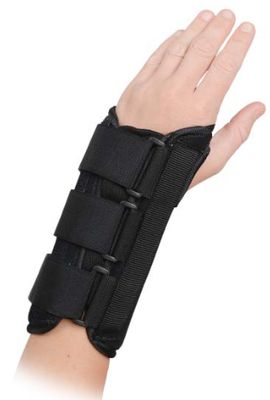
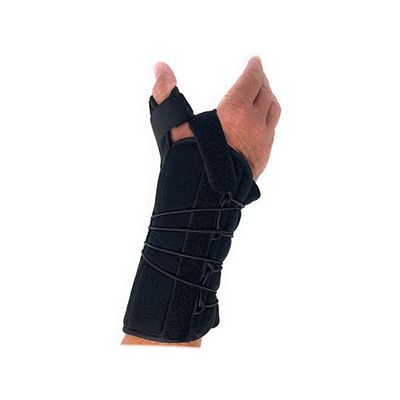
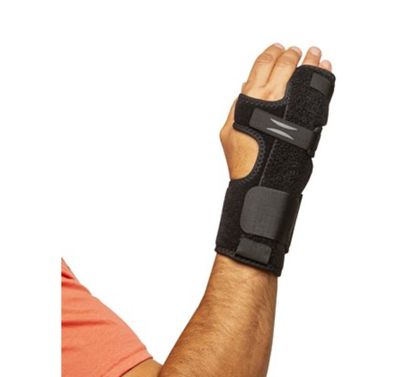
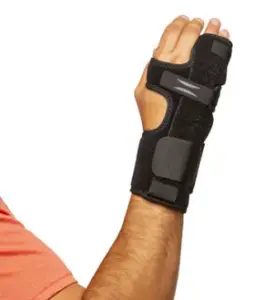
Knuckle Orthosis: Purpose, Benefits, and Applications
Knuckle Orthosis Knuckle Orthosis: Purpose, Benefits, and Applications A Knuckle Orthosis is a specialized medical device designed to provide stability, support, and protection to the metacarpophalangeal (MCP) joints—the knuckles of the hand. These orthotic devices are commonly used in the… Continue Reading…

Wrist and Hand Braces: Support, Relief, and Rehabilitation for Hand and Wrist Conditions
Wrist and Hand Braces Introduction Wrist and hand braces are essential tools for individuals managing pain, recovering from injuries, or dealing with chronic conditions such as carpal tunnel syndrome, arthritis, or tendonitis. These braces provide stability, compression, and support to… Continue Reading…

Orthopedic Shoulder Braces: Support for Shoulder Injuries and Chronic Conditions
Orthopedic Shoulder Braces Introduction Orthopedic shoulder braces are designed to provide support and stabilization for individuals recovering from shoulder injuries, managing chronic shoulder pain, or undergoing post-surgical rehabilitation. These braces help alleviate discomfort, protect the shoulder joint, and prevent further… Continue Reading…

